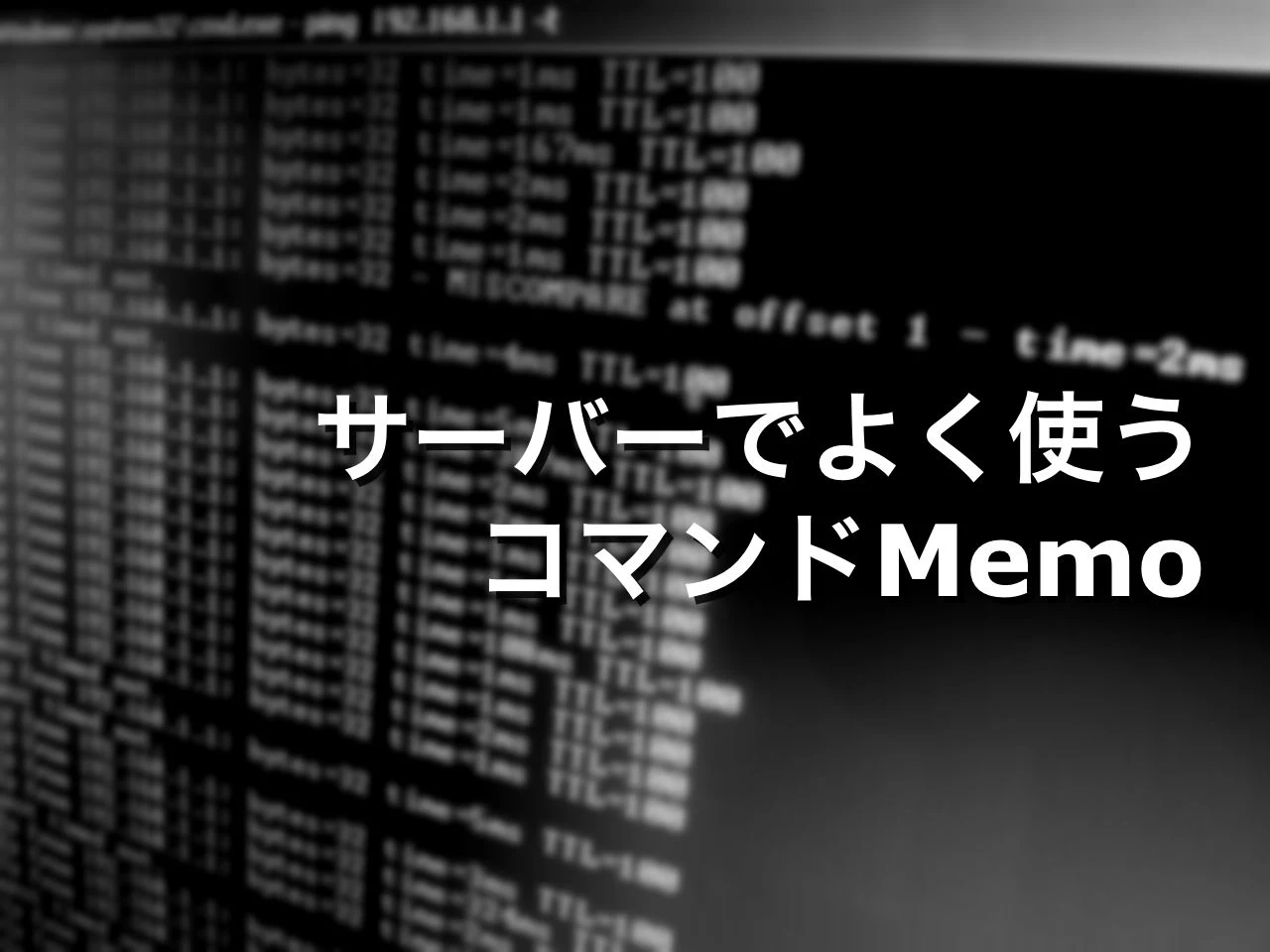
Summery
ファイルの中身を表示する。Construction
$ cat [option] [files]
Option
-n : 行番号を表示 -b : 空行を含めずに行番号を表示 -s : 連続する空行を1つにまとめる -v : 改行とタブ以外を制御文字に置き換える
Sample
# テキストファイルの中身を表示
$ cat file
# 行番号付きでファイルの中身を表示
$ cat -n file
Discription
CAT(1) BSD General Commands Manual CAT(1)
NAME
cat -- concatenate and print files
SYNOPSIS
cat [-benstuv] [file ...]
DESCRIPTION
The cat utility reads files sequentially, writing them to the standard output. The file
operands are processed in command-line order. If file is a single dash (`-') or absent,
cat reads from the standard input. If file is a UNIX domain socket, cat connects to it
and then reads it until EOF. This complements the UNIX domain binding capability avail-
able in inetd(8).
The options are as follows:
-b Number the non-blank output lines, starting at 1.
-e Display non-printing characters (see the -v option), and display a dollar sign
(`$') at the end of each line.
-n Number the output lines, starting at 1.
-s Squeeze multiple adjacent empty lines, causing the output to be single spaced.
-t Display non-printing characters (see the -v option), and display tab characters
as `^I'.
-u Disable output buffering.
-v Display non-printing characters so they are visible. Control characters print
as `^X' for control-X; the delete character (octal 0177) prints as `^?'.
Non-ASCII characters (with the high bit set) are printed as `M-' (for meta) fol-
lowed by the character for the low 7 bits.
EXIT STATUS
The cat utility exits 0 on success, and >0 if an error occurs.
EXAMPLES
The command:
cat file1
will print the contents of file1 to the standard output.
The command:
cat file1 file2 > file3
will sequentially print the contents of file1 and file2 to the file file3, truncating
file3 if it already exists. See the manual page for your shell (i.e., sh(1)) for more
information on redirection.
The command:
cat file1 - file2 - file3
will print the contents of file1, print data it receives from the standard input until
it receives an EOF (`^D') character, print the contents of file2, read and output con-
tents of the standard input again, then finally output the contents of file3. Note that
if the standard input referred to a file, the second dash on the command-line would have
no effect, since the entire contents of the file would have already been read and
printed by cat when it encountered the first `-' operand.
SEE ALSO
head(1), more(1), pr(1), sh(1), tail(1), vis(1), zcat(1), setbuf(3)
Rob Pike, "UNIX Style, or cat -v Considered Harmful", USENIX Summer Conference
Proceedings, 1983.
STANDARDS
The cat utility is compliant with the IEEE Std 1003.2-1992 (``POSIX.2'') specification.
The flags [-benstv] are extensions to the specification.
HISTORY
A cat utility appeared in Version 1 AT&T UNIX. Dennis Ritchie designed and wrote the
first man page. It appears to have been cat(1).
BUGS
Because of the shell language mechanism used to perform output redirection, the command
``cat file1 file2 > file1'' will cause the original data in file1 to be destroyed!
The cat utility does not recognize multibyte characters when the -t or -v option is in
effect.
BSD March 21, 2004 BSD










0 件のコメント:
コメントを投稿